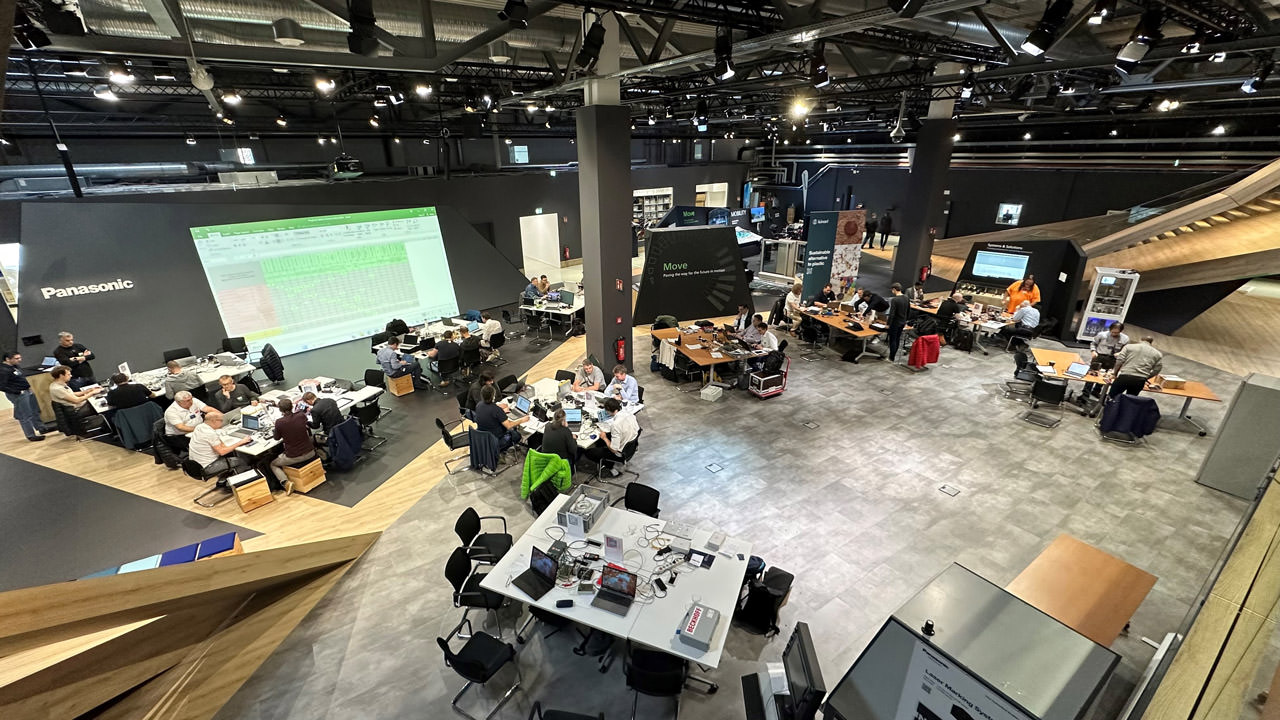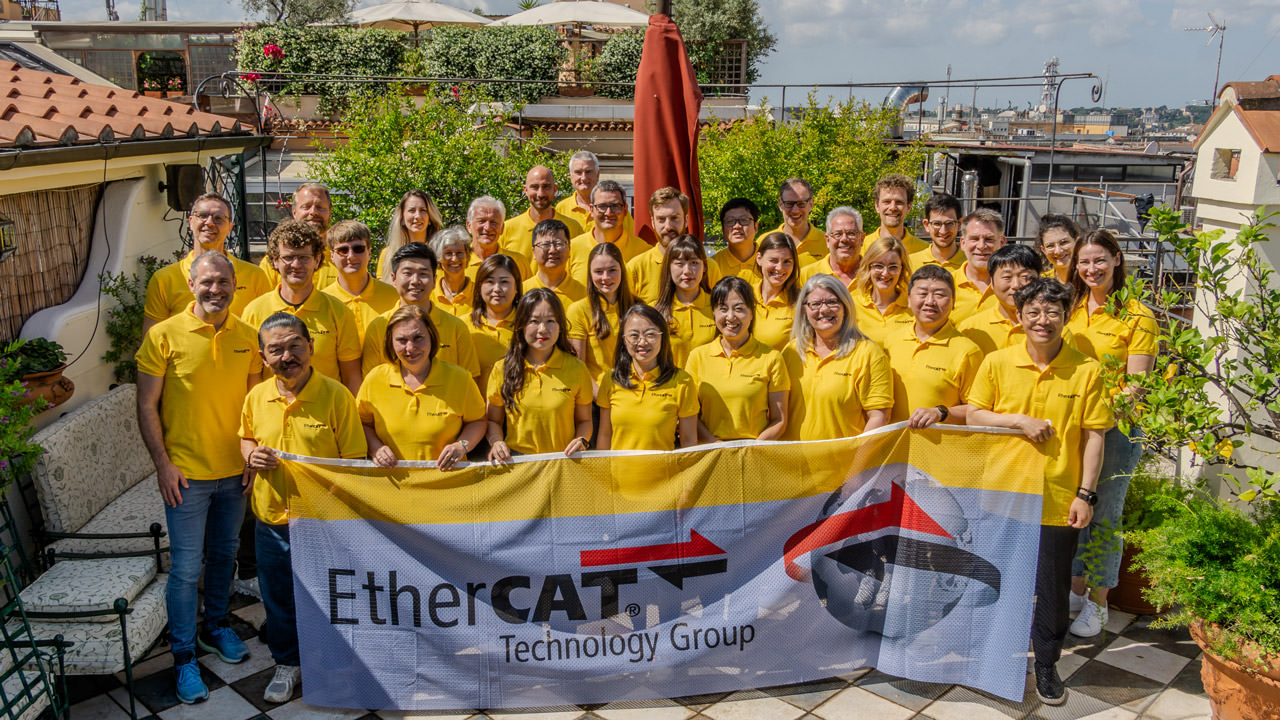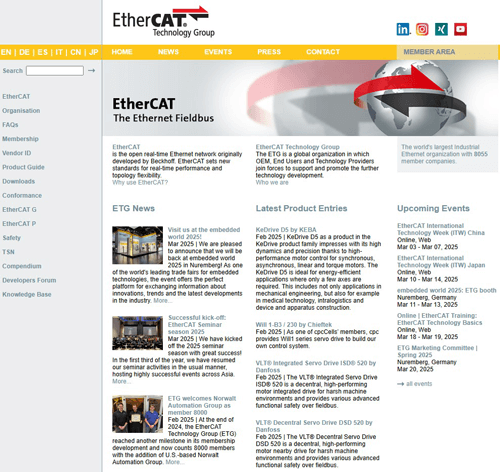TechnologyJuly 18, 2025
Do you actually know… EtherCAT? Part 3

EtherCAT is recognized as an international standard and is standardized in IEC 61158 and IEC 61784. The first two parts of this series dealt with the technical features of EtherCAT. This third part deals with the structure and work of the EtherCAT Technology Group (ETG) and the services it provides to its members.
EtherCAT has established itself as a powerful real-time Ethernet fieldbus system in industrial communication. The first two parts of this series dealt with the technical features of EtherCAT. This third part deals with the structure and work of the EtherCAT Technology Group (ETG) and the services it provides to its members.
The EtherCAT Technology Group is the user organization that deals with the development and distribution of EtherCAT. It was founded in 2003 and is now the largest fieldbus user organization in the world with over 8000 members from 76 countries. ETG members include suppliers and users of EtherCAT devices, users of EtherCAT technology as well as research institutes and universities.
The ETG forms the ecosystem around EtherCAT technology. To this end, it works on the further development of the technology, promotes the interoperability of EtherCAT devices from different manufacturers and actively supports companies in their implementation.

Figure 1: The international team of the EtherCAT Technology Group supports ETG members all over the world.
Technological development and standardization
The technical development of EtherCAT takes place in working groups, the so-called Technical Working Groups (TWGs). These groups are made up of experts from the member companies and deal with various aspects of the technology, such as specification extensions, development of device profiles or the definition of standardized implementation guidelines.
A central principle is the downward compatibility of the EtherCAT specification.There is a single technology version that is supplemented by extensions instead of new, modified versions being published regularly. This ensures that devices in old systems can be replaced by current devices without having to pay attention to version differences and keep track of historical firmware and hardware versions. Long-term stability and interoperability are among the advantages of EtherCAT.
EtherCAT is recognized as an international standard and is standardized in IEC 61158 and IEC 61784. There are further standardizations for specific industries, for example in the semiconductor industry through SEMI (E54.20).
Interoperability and conformance assurance

Figure 3: The EtherCAT Technology Group website gives members access to a wide range of EtherCAT-related offers and services.
To ensure that EtherCAT devices from different manufacturers can communicate with each other without any problems, the ETG requires the use of the official EtherCAT Conformance Test Tool (CTT). The CTT software tests the devices for compliance with the EtherCAT specification and also checks the EtherCAT SubDevice Information (ESI) file for valid values.
There are also device-specific protocol tests, for example for the CiA 402 drive profile. The test results are saved for analysis and documentation purposes. The CTT is continuously maintained and expanded with new test cases; its use is already helpful during the development phase in order to detect errors in the interface implementation at an early stage. The test procedure and test content are defined and further developed by a corresponding working group within the ETG, the Technical Working Group Conformance.
In addition to the mandatory in-house tests with the EtherCAT Conformance Test Tool, manufacturers can have their devices tested in EtherCAT Test Centers (ETC) accredited by the ETG. Comprehensive tests are carried out there that go beyond the automatic protocol test. A successful test in an ETC is confirmed with an EtherCAT Conformance Tested certificate. For safety-critical applications, there are special tests for Safety over EtherCAT (FSoE), which are carried out by independent testing organizations such as TÜV.
In addition, the ETG offers further measures for conformity testing. These include the EtherCAT Plug Fests, regular developer meetings at which manufacturers can test their EtherCAT devices in a shared test environment. Possible interoperability problems are identified and resolved at an early stage. These events take place several times a year in Europe, Asia and North America.
Support for members
In addition to the above-mentioned offers and tools, the EtherCAT Technology Group provides its members with various other services, including technical documentation and specifications in several languages, software stacks and development tools, training courses and workshops as well as support for the implementation of EtherCAT from the five regional ETG offices in Europe, Asia and America.
In addition, the ETG organizes numerous events such as trade fairs, seminars and webinars every year to disseminate information about EtherCAT.
Through its comprehensive support services, strict conformity tests and continuous further development, the EtherCAT Technology Group contributes significantly to the worldwide dissemination and future-proofing of EtherCAT.


